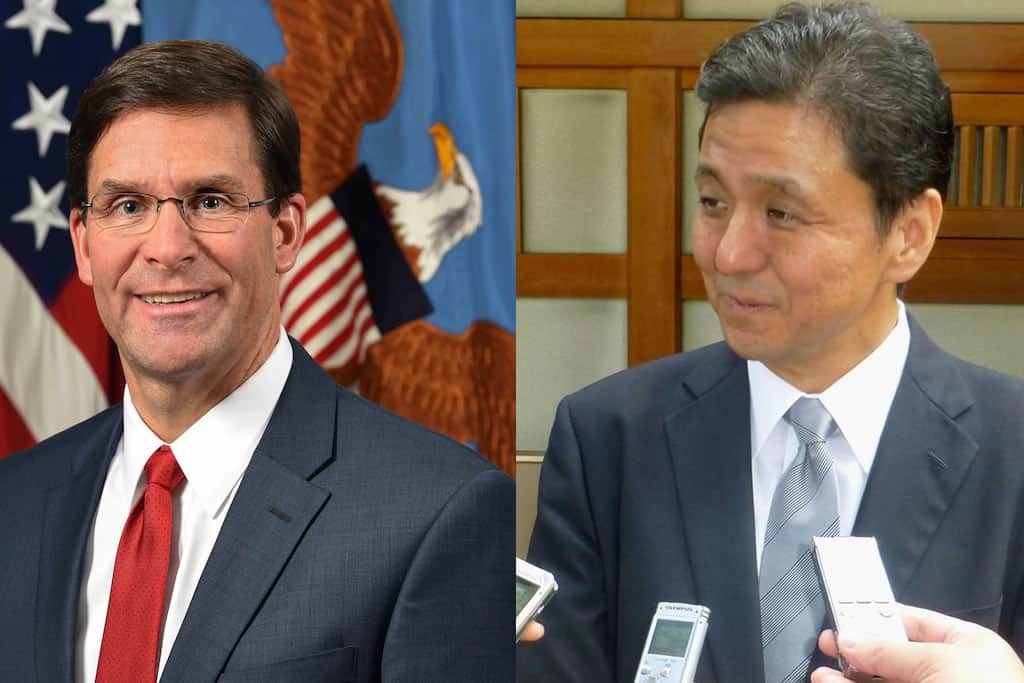
Japan hopes to find an alternative to Aegis Ashore missile-defense system by the end of 2020
On Wednesday, Defense Minister Nobuo Kishi talked via telephone with the US Defense Minister Mark Esper, consenting to work on pushing ahead with a replacement for the scrapped deployment of the defense system. Japan is reviewing three ocean-based plans instead of the land-based systems, which was aimed at shielding the nation from the threat presented by North Korean projectiles.
The three options under consideration are the introduction of destroyers outfitted with an interception system, the use of vessels that are from a private sector, and a structure like those utilized to drill oil.
Nobuo Kishi reiterated in September that the significance of Tokyo’s partnership with Washington during the current “progressively harsh national security situation”, saying that he will visit the United States in the month of October, for discussing the deployment of a ballistic rocket defense system.
On Wednesday, Kishi stated that he has informed Esper that Tokyo is looking forward to concocting an option in place of the rejected deployment of the Aegis Ashore system before the end of 2020.
In June, the legislature under former PM Shinzo Abe, Kishi’s elder brother chose to prematurely end the arrangement to deploy the Aegis Ashore system in Yamaguchi Prefecture and Akita Prefecture because of tech issues and swelling costs.
In June, Japan had abruptly suspended the arranged dispatching of the Aegis Ashore ballistic rocket defense system, which could entirely modify the U.S. partner’s arrangements for protecting itself against threats.
The then Defense Minister Taro Kono referred to the cost and technical problems as the reason behind the halting of Japan’s plans to deploy two Aegis Ashore systems at Akita Prefecture and Yamaguchi Prefecture.
Taro Kono had clarified that the main reason was the need to guarantee that the rocket supporters the interceptor projectile, which are utilized to accelerate the rocket to supersonic velocities following their launch, will fall on its selected areas after detaching from the rocket.
Japan’s Aegis Ashore deploy plans were confronting strong criticism by local government and citizens, however, since then it’s been in controversy. The residents also cited concerns about the radiation from the system’s Lockheed Martin Long Range Discrimination Radar.
However, Kishi, the current Defense Minister was appointed recently in September. In initial press meetings, he came across as an aggressive backer of the Aegis Ashore system and different matters that are related to the center of Japan’s six-decade security settlement with the US.
However, as per political analysts, currently, Kishi lacks experience as a Defense Minister, and due to that, they doubt that his discussion with the US Defense Secretary Mark Esper might be limited.
The telephone conversation came a day after foreign ministers of the two nations, and Australia and India met in Tokyo, during which the members reaffirmed their oceanic security cooperation in the Indo-Pacific area during China’s developing threats.




